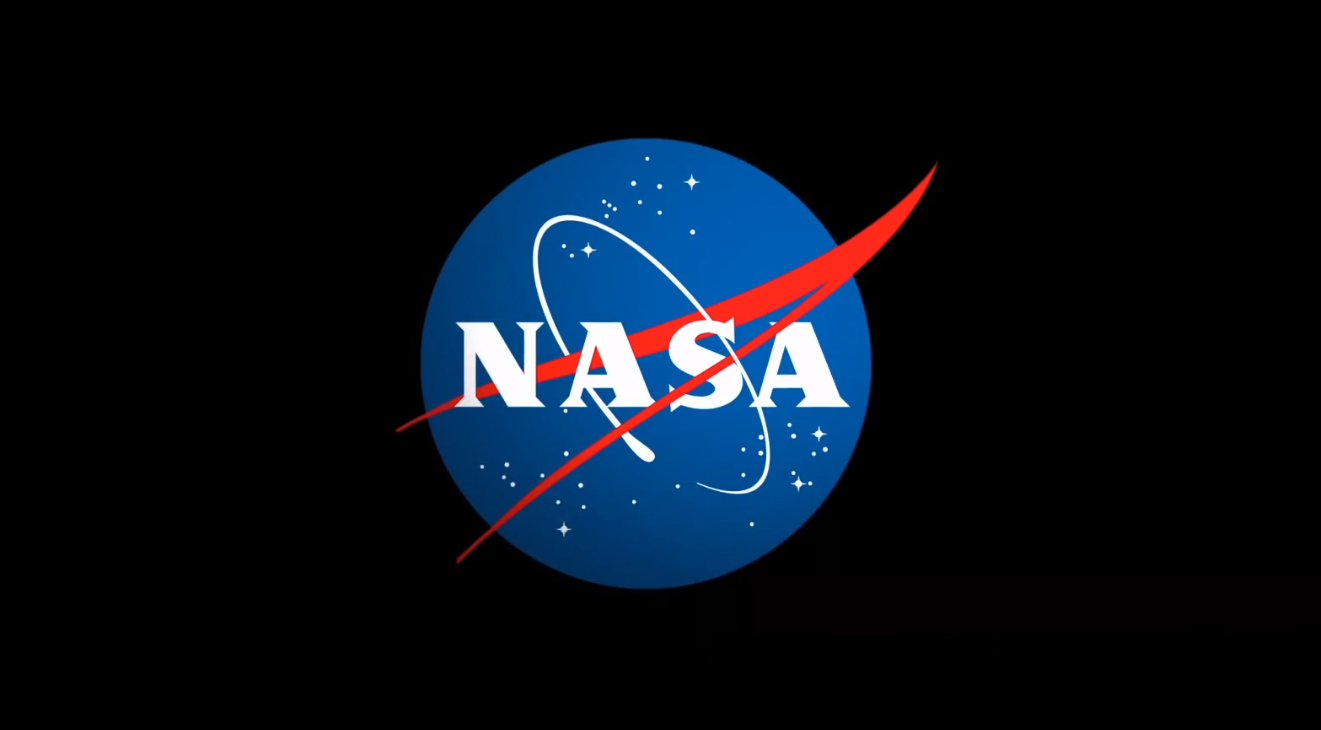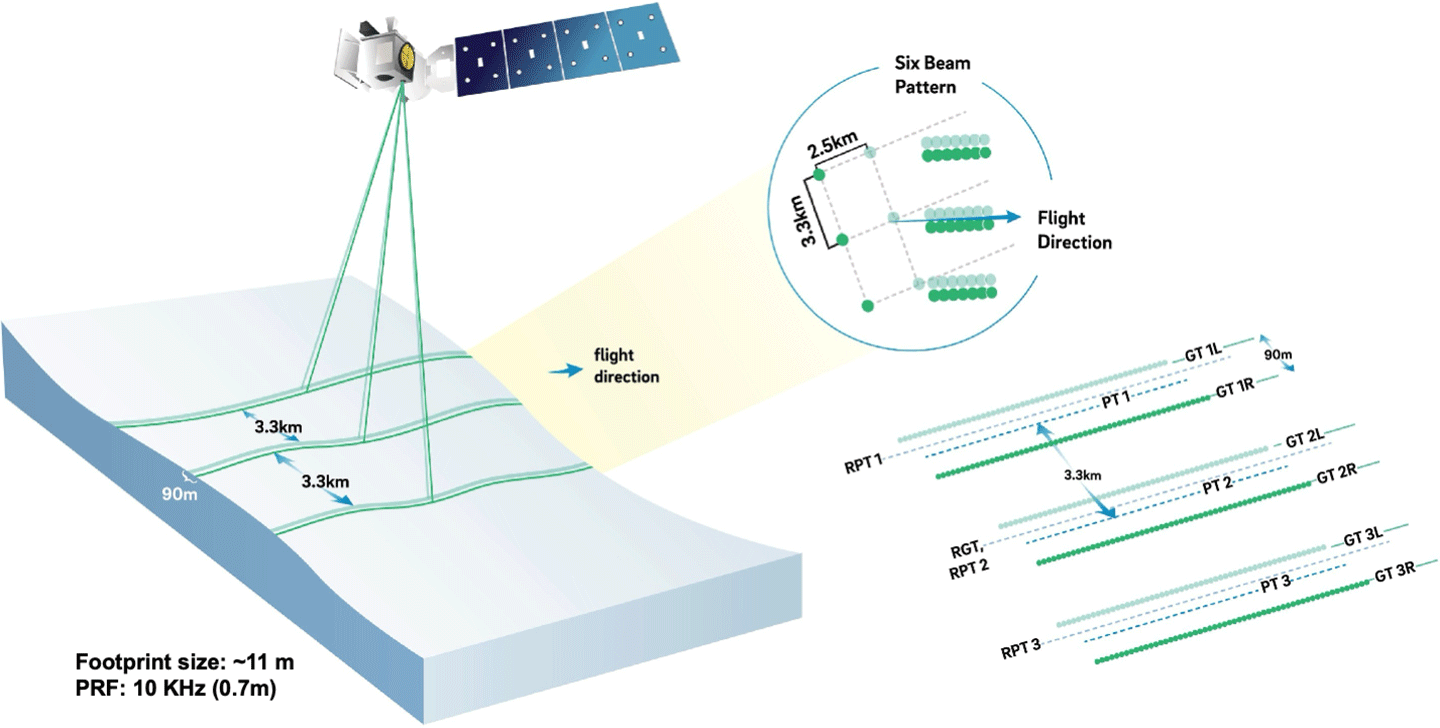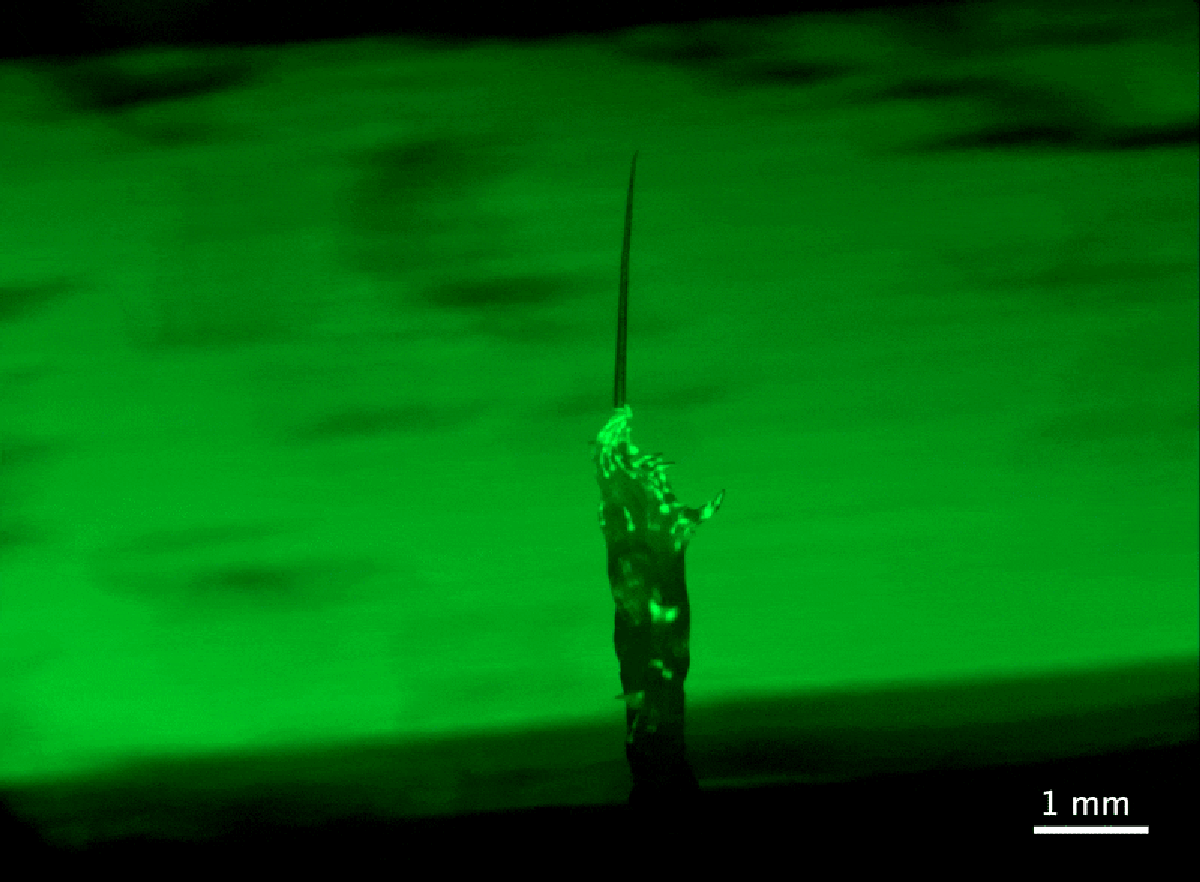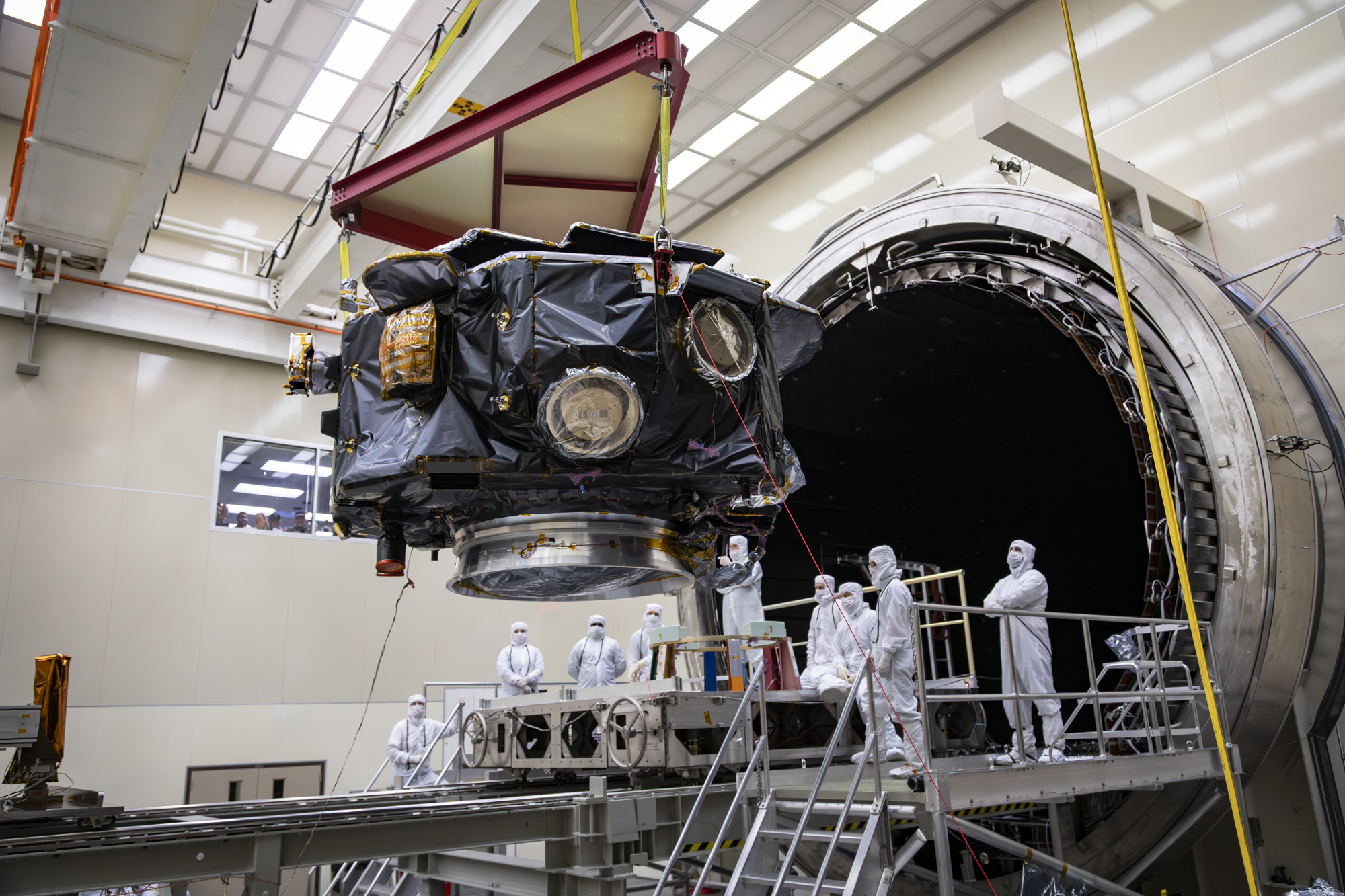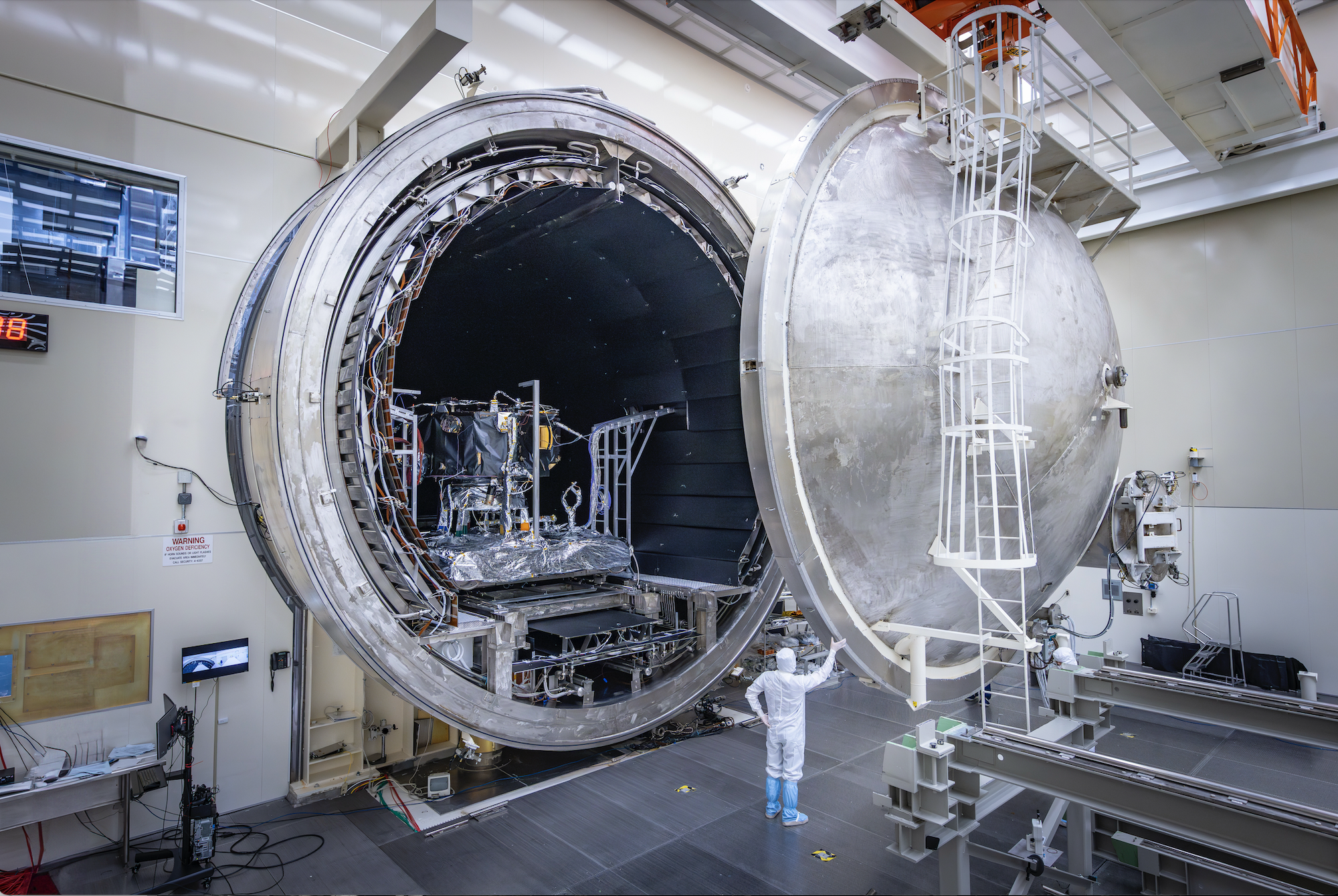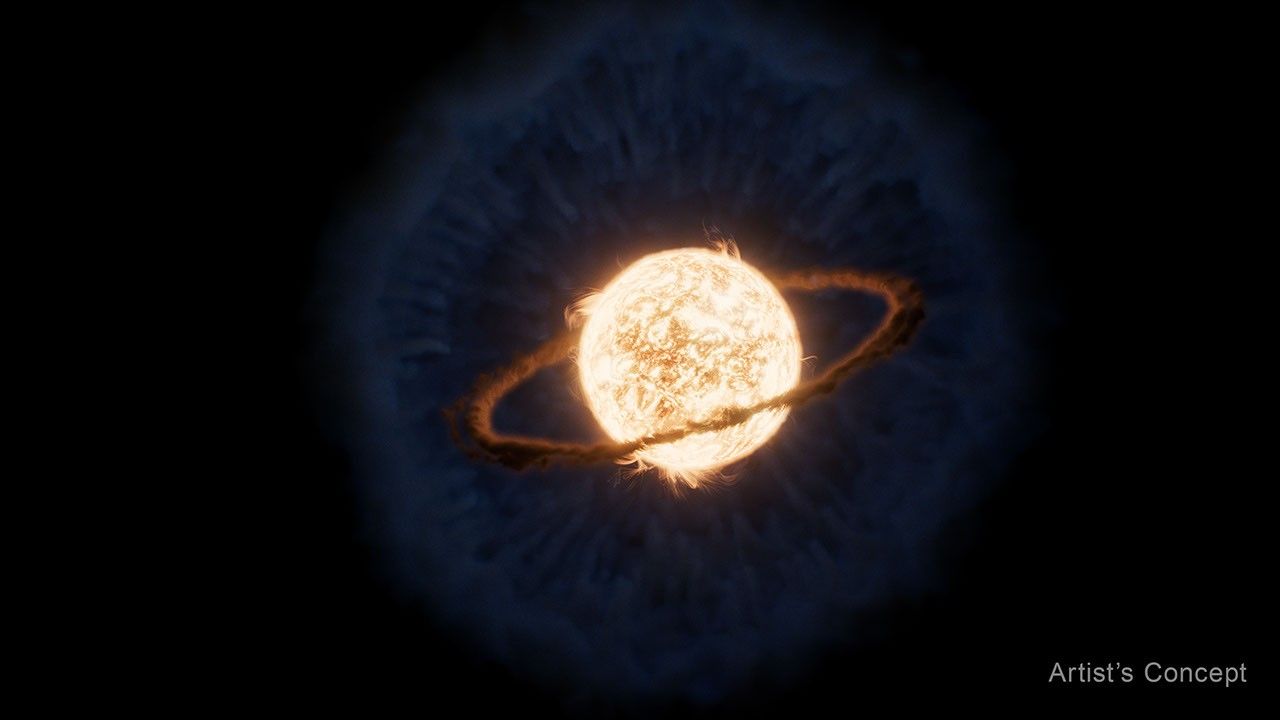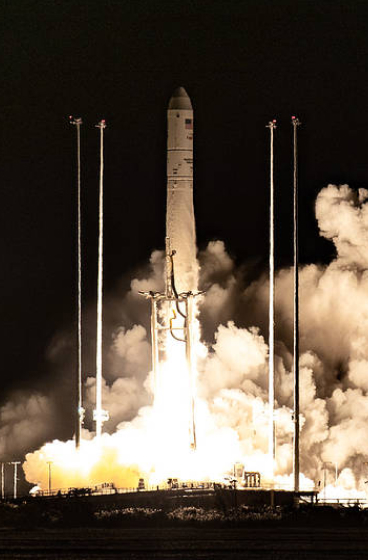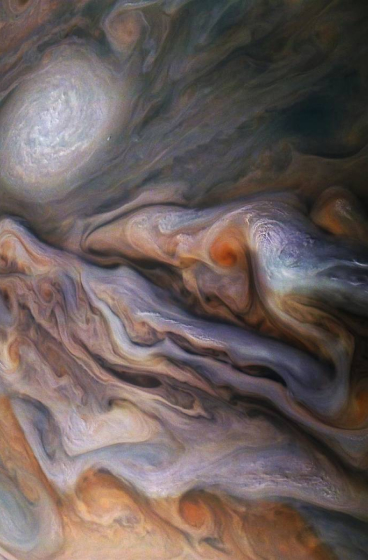NASA’s IMAP Arrives at NASA Marshall For Testing in XRCF
On March 18, NASA’s IMAP (Interstellar Mapping and Acceleration Probe) arrived at NASA’s Marshall Space Flight Center in Huntsville, Alabama, for thermal vacuum testing at the X-ray and Cryogenic Facility, which simulates the harsh conditions of space. The IMAP mission is a modern-day celestial cartographer that will map the solar system by studying the heliosphere, a […]

NASA’s IMAP Arrives at NASA Marshall For Testing in XRCF
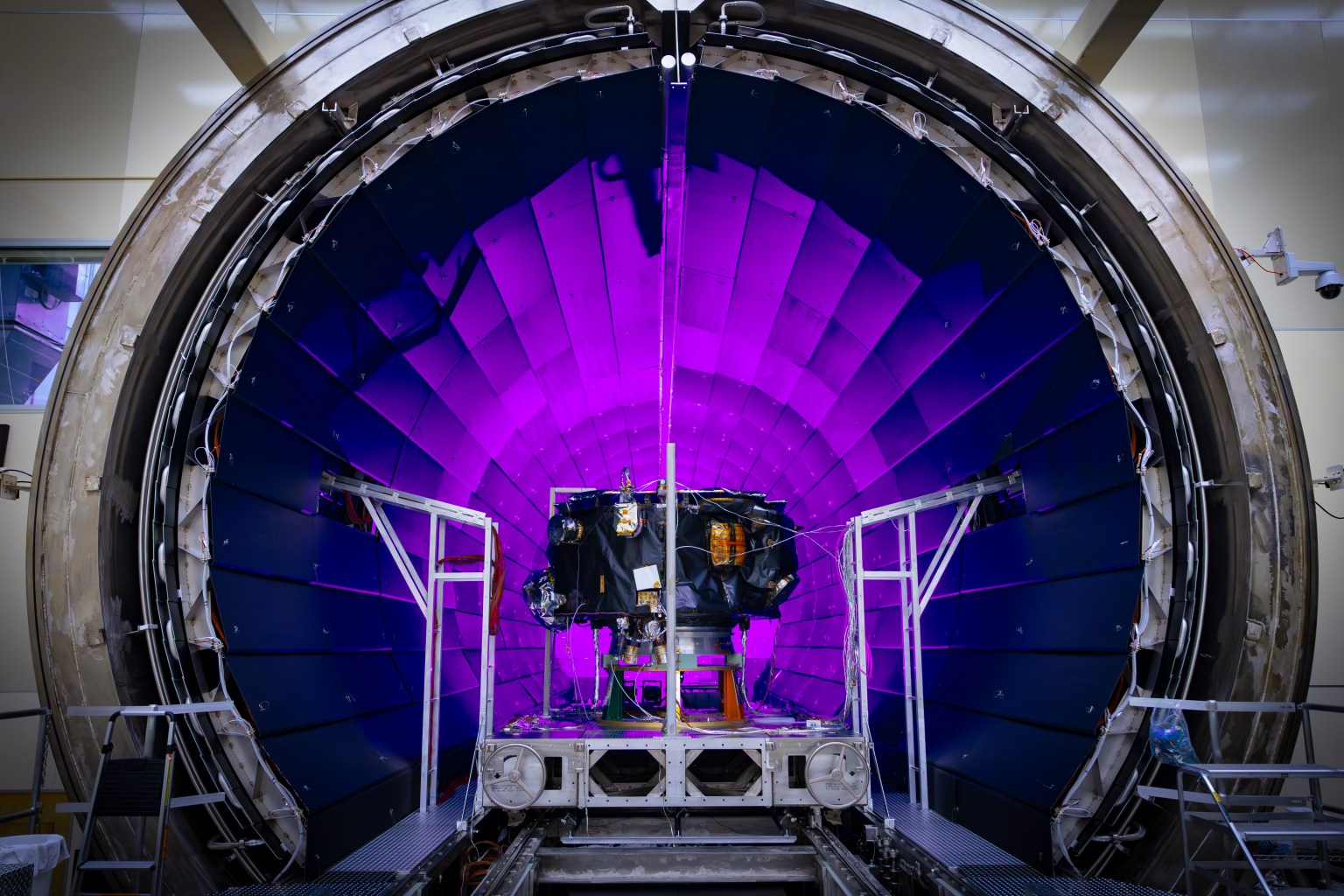
On March 18, NASA’s IMAP (Interstellar Mapping and Acceleration Probe) arrived at NASA’s Marshall Space Flight Center in Huntsville, Alabama, for thermal vacuum testing at the X-ray and Cryogenic Facility, which simulates the harsh conditions of space.
The IMAP mission is a modern-day celestial cartographer that will map the solar system by studying the heliosphere, a giant bubble created by the Sun’s solar wind that surrounds our solar system and protects it from harmful interstellar radiation.
Testing performed in the X-ray and Cryogenic Facility will help to assess the spacecraft before its journey toward the Sun. The IMAP mission will orbit the Sun at a location called Lagrange Point 1 (L1), which is about one million miles from Earth towards the Sun. From this location, IMAP can measure the local solar wind and scan the distant heliosphere without background from planets and their magnetic fields. The mission will use its suite of ten instruments to map the boundary of the heliosphere, analyze the composition of interstellar particles that make it through, and investigate how particles change as they move through the solar system.
Furthermore, IMAP will maintain a continuous broadcast of near real-time space weather data from five instruments aboard IMAP that will be used to test new space weather prediction models and improve our understanding of effects impacting our human exploration of space.
While inside the Marshall facility, the spacecraft will undergo dramatic temperature changes to simulate the environment during launch, on the journey toward the Sun, and at its final orbiting point. The testing facility has multiple capabilities including a large thermal vacuum chamber which simulates the harsh conditions of space such as extreme temperatures and the near-total absence of an atmosphere. Simulating these conditions before launch allow scientists and engineers to identify successes and potential failures in the design of the spacecraft.
“The X-ray and Cryogenic Facility was an ideal testing location for IMAP given the chamber’s size, availability, and ability to meet or exceed the required test parameters including strict contamination control, shroud temperature, and vacuum level,” said Jeff Kegley, chief of Marshall’s Science Test Branch.
The facility’s main chamber is 20 feet in diameter and 60 feet long, making it the 5th largest thermal vacuum chamber at NASA. It’s the only chamber that is adjoined to an ISO 6 cleanroom — a controlled environment that limits the number and size of airborne particles to minimize contamination.
The IMAP mission will launch on a SpaceX Falcon 9 rocket from NASA’s Kennedy Space Center in Florida, no earlier than September.
Media Contact:
Lane Figueroa
Marshall Space Flight Center
Huntsville, Alabama
256.544.0034
lane.e.figueroa@nasa.gov
Share
Details
Related Terms
What's Your Reaction?









